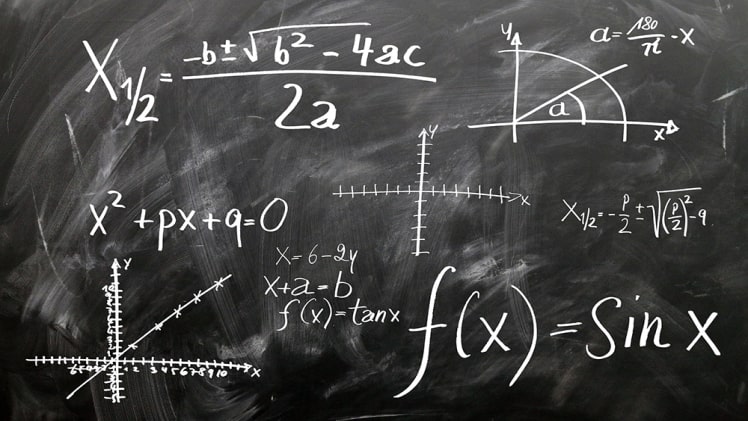Applications of Derivatives have a wide range, not only in mathematics but also in everyday life. For instance, derivatives are useful in mathematics for determining the rate of change of a quantity and determining the lowest and maximum values of algebraic expressions.
Derivatives are frequently employed in a variety of domains, including science, engineering, and physics. Let’s take a closer look at these derivatives applications. Derivatives of Algebraic functions have several standard conclusions, which are used as formulas in differential calculus to compute.
Applications of Derivatives in Math
Derivatives are often used in mathematics. They’re handy for a variety of tasks, including identifying the maxima and minima of a function, the slope of a curve, and even the inflection point of a curve. The derivative will be used in a few locations, as shown below. The next sections go through each of them in great depth. Some applications of derivatives are as follows starmusiq
- Calculating a Quantity’s Rate of Change
- Approximation Value Determination
- Using an equation to calculate the tangent and normal to a curve.
- The Maxima and Minima, as well as the Point of Inflection, must all be identified.
- Identifying Incremental and Decremental Functions.
Rate of Change of a Quantity Derivative
The rate of change of one quantity in respect to another is calculated using derivatives. We can find the estimated change in one quantity with respect to the change in the other quantity by applying derivatives. If the function y = f(x) is defined in the interval [a, a+h], then the average rate of change in the interval is-:
(f(a + h)-f(a))/h
We can write for a small value of h-:
f'(a) ≈ (f(a+h) − f(a))/h
or
f(a+h) ≈ f(a) + f'(a)h
This indicates that if we wish to find a minor change in a function, we only need to obtain the derivative of the function at the given point and then compute the change using the supplied equation. As a result, the derivative gives the instantaneous rate of change of a function within the provided boundaries and can be used to estimate the change in the function f(x) due to a slight change in the other variable (x).
Maxima, Minima, and Point of Inflection
The use of derivatives can also aid in the discovery of a curve’s maxima, minima, and point of inflection. The peaks and valleys of a curve are called maxima and minima, respectively, whereas the point of inflection is the section of the curve where the curve changes its character (from convex to concave or vice versa). The first-order derivative test can be used to discover the maxima, minima, and point of inflection webtoon.
This test requires us to first find the function’s derivative at a particular point and equate it to 0, i.e. f'(c) = 0. (here we have found the slope of the curve equal to 0, which means it is a line parallel to the x-axis). If the function is defined in the given interval, we can verify the value of f'(x) at the points to the left and right of the curve, as well as the nature of the f'(x), to determine whether the given point is maxima or minima based on the conditions below.
- As we go through point c, the slope, or f'(x), changes its sign from positive to negative. The greatest value is f(c) also known as Maxima.
- As we go through point c, the slope, or f'(x), changes its sign from -ve to +ve. The minimum value is f(c) also known as Minima.
- When the sign of the slope or the sign of the f'(x) does not change as we walk along c, it is called the Point of Inflection.

